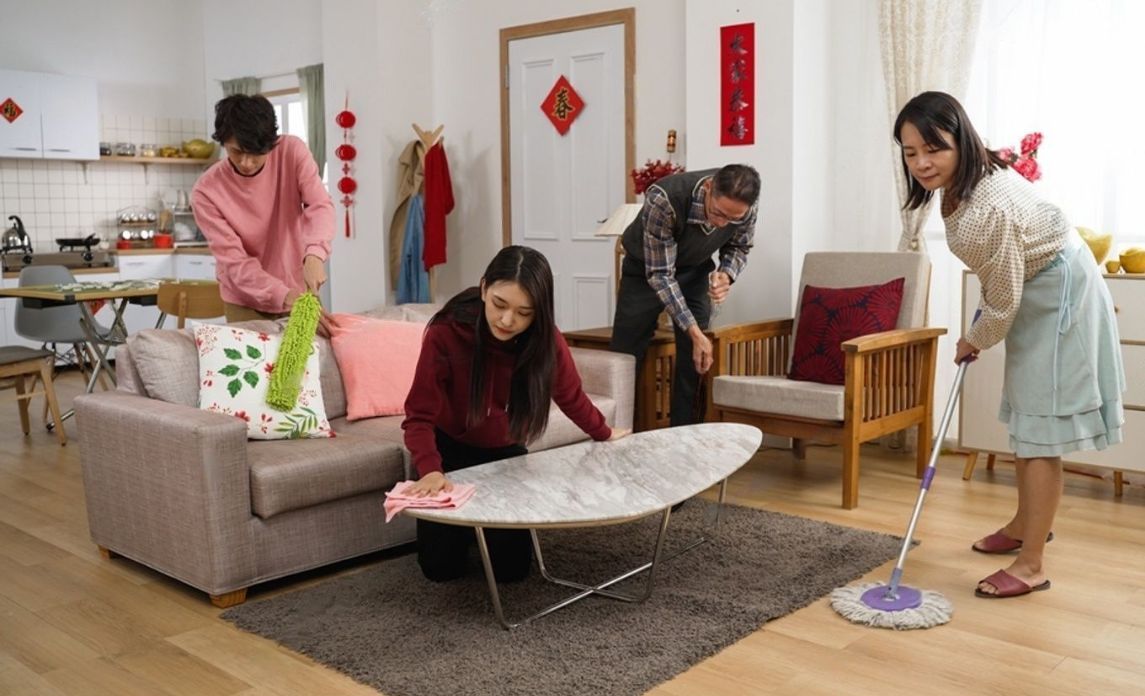As the old saying goes, nothing is constant but change. Indeed, almost every facet of our lives undergo some form of change over time because of factors like technology and significant events in history.
One such aspect of life that has changed through the years is cleaning. Obviously, the goal remains the same: free a space or object from dirt, dust, and grime. However, the methods of achieving this have evolved—just ask your friendly neighbourhood commercial cleaning company.
This doesn’t mean that old-fashioned cleaning methods don’t work anymore or aren’t in use in modern times. In fact, there are plenty of traditional cleaning techniques that are still being employed today (like using hot water to dissolve grease) because they’re just so effective.
That said, there are also plenty of innovations that have improved the way we clean. Below are just a few examples:
Cleaning Floors, Then and Now
The traditional method of cleaning floors goes something like this:
- Use a broom or dust mop to get rid of dust and other debris.
- When applicable, scrub the floor to get rid of deep-seated dirt.
- Use a wet mop to get rid of the last traces of dirt.
- Use a dry mop or a cloth to dry the floor.
Depending on the material, the final step usually includes polishing the floor or giving it a protective coating of wax.
The same procedure also applies nowadays, although there are now plenty of tools that make each step easier. For example, instead of a broom or dust mop, you can now use vacuum cleaners. There are many variants you can use as well, such as stick vacuums, robot vacuums, and backpack vacuums.
What’s great about these vacuum cleaners is that they have high-quality filtration systems; the more expensive ones usually boast HEPA (high efficiency particulate air) filters. This type of filter is particularly effective in trapping dirt and allergens, so that they don’t recirculate back into the air.
Meanwhile, the modern alternative to old-fashioned cloth mops are microfibre mops. These are more effective in picking up dirt and retaining water, thanks to the special structure of the individual fibres of the material. With proper care, microfibre can retain these amazing cleaning properties for years, saving you more money in the long run.
Cleaning With Soap, Then and Now
Using soaps and detergents for cleaning has largely stayed the same over the years. The main difference is that nowadays, you have more choices. In particular, there are now more eco-friendly and organic options that are safe for the environment and hypoallergenic.
Do note, however, you have to be more discerning about labels. For example, soaps are made from natural ingredients (plant oils, acids from animal fat, etc.) while detergents are made from synthetic chemicals.\
Thus, a “natural” detergent may have simply used natural alternatives in place of some chemical components but isn’t all-natural. That said, greener products usually don’t contain ammonia, phthalates, parabens, and triclosan.
Cleaning Surfaces, Then and Now
It’s important to clean surfaces not only because they look better when clean, but also because surfaces can become agents of disease transmission. This is particularly true for things like tables, countertops, and other high-touch surfaces.
Fortunately, it’s simple enough to clean and disinfect surfaces. You just have to dust them off, wash when needed (or possible, depending on the material), then polish and disinfect. The main difference would be the materials used.
Traditionally, you would use a cotton cloth for dusting, washing, and polishing; nowadays, you can use a microfiber cloth for efficiency. Whichever item you prefer, however, make sure to use separate cloths for different surfaces to prevent contamination.
For disinfecting and polishing, there’s now a wider selection of green products than ever that are as effective as traditional products. Note that it’s better to apply these using traditional cotton cloths. This is because some of these disinfectants and polishes may contain ingredients that can damage the fibres.
Traditional Versus Modern Cleaning: Which Is Better?
When it comes to effectiveness, there’s no doubt that both traditional and modern cleaning products and methods are practically equal. In fact, and as previously mentioned, some traditional options are still used nowadays because they’ve been proven to work time and again—the perfect application of “it ain’t broke, don’t fix it.”
With that being said, it’s obvious that modern cleaning techniques offer more convenience, cost less over time, and are much safer. What has spurred much of the change is technology, along with the growing awareness of people about health and environmental concerns.
At the end of the day, a cleaning product or method can be considered effective or successful as long as it does what it’s meant to do. However, if you can find something that takes less effort and is overall more practical, it makes sense to choose it over the other.
The key is to consider your needs and make changes as you see fit. You also don’t need to make changes all at once. Start small but be consistent; pretty soon, you’ll be using the most optimum options for your unique situation.


